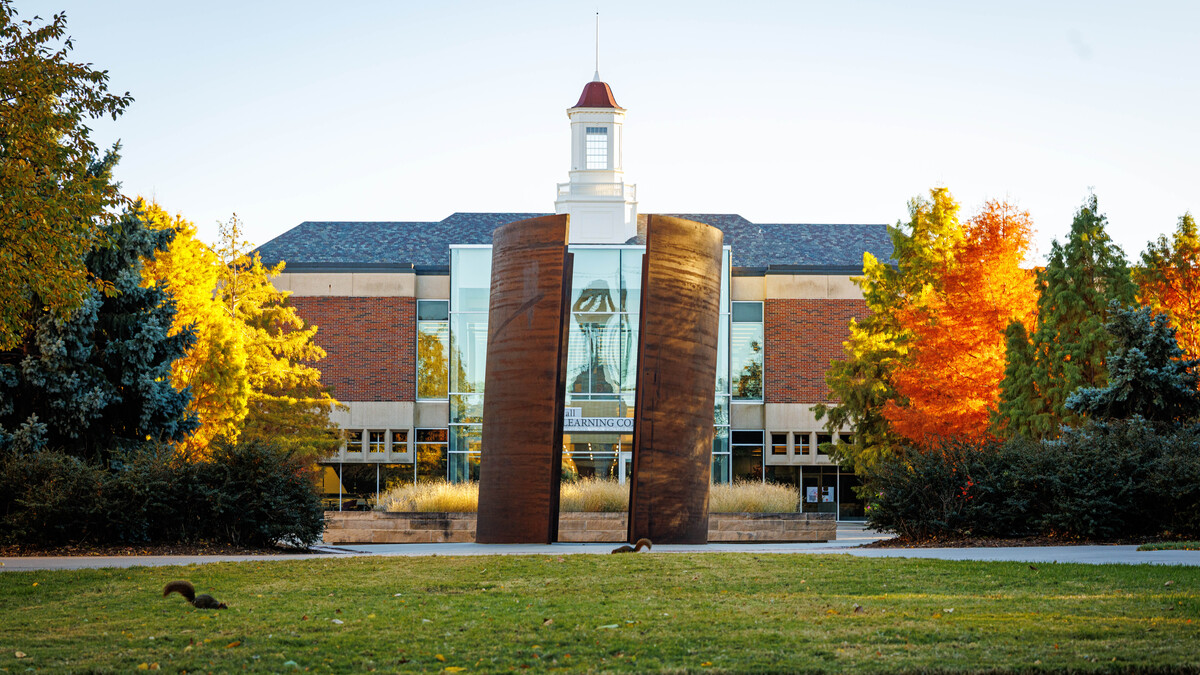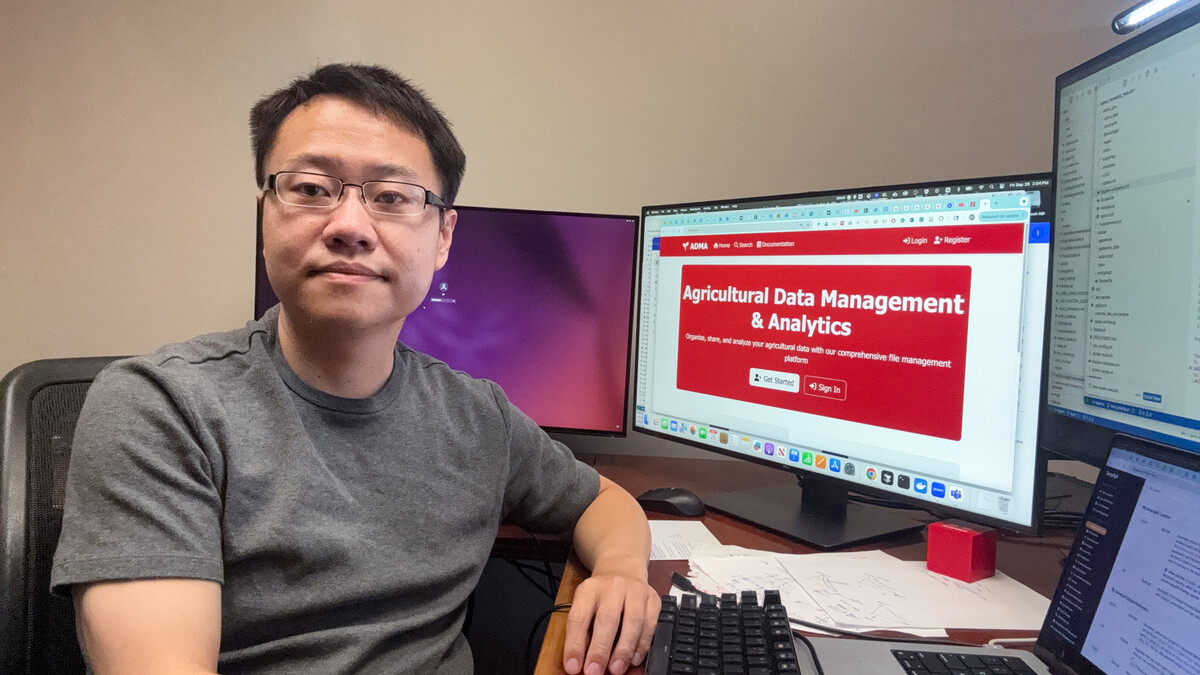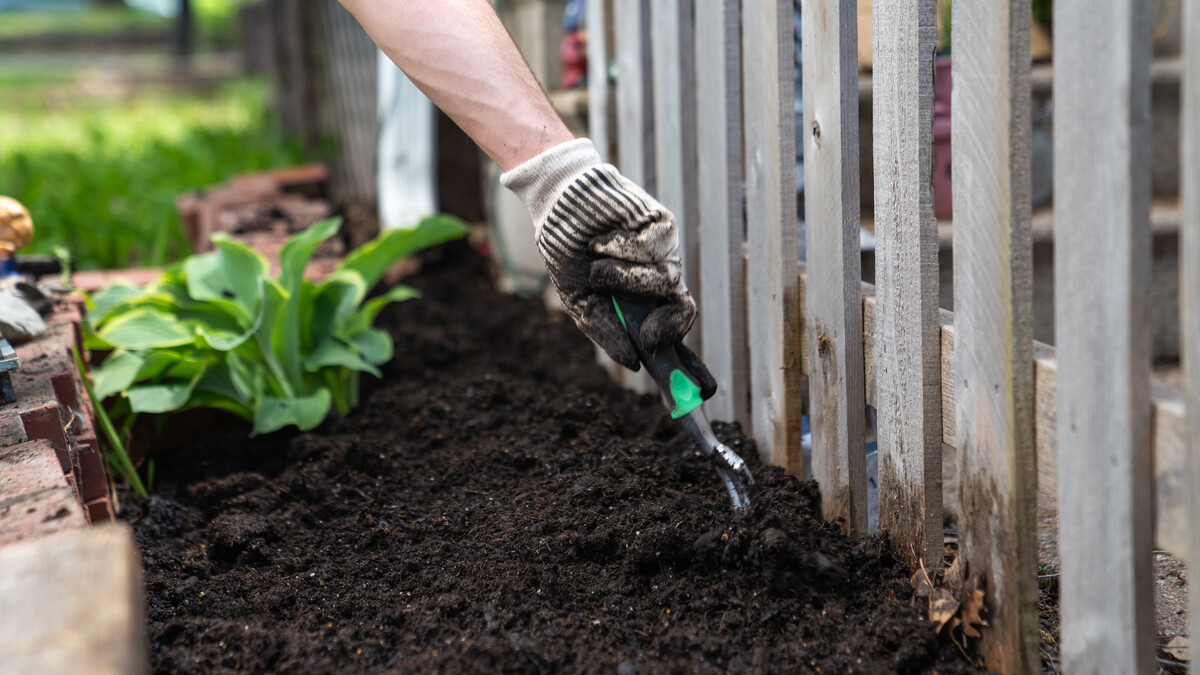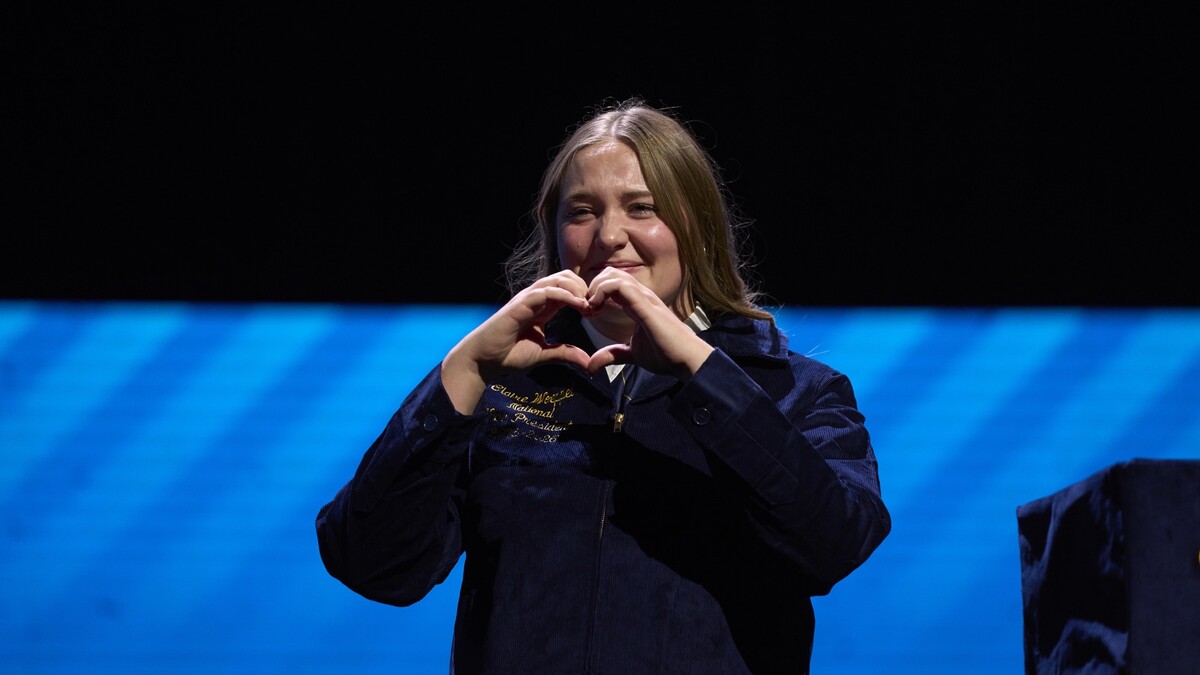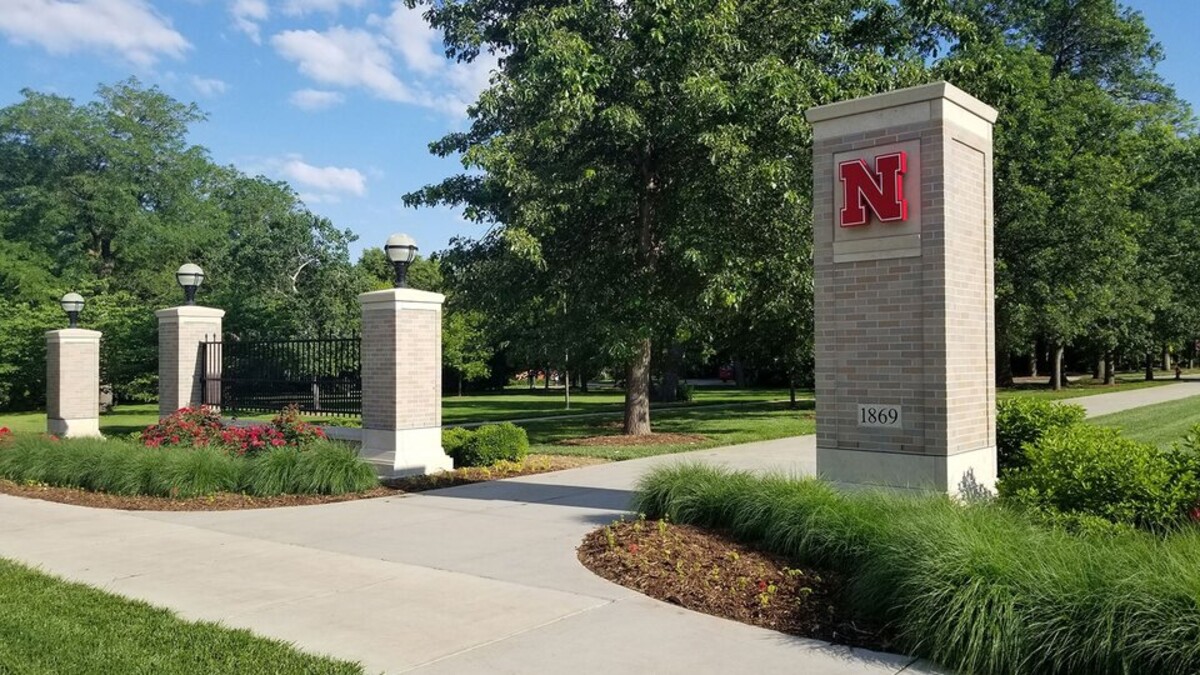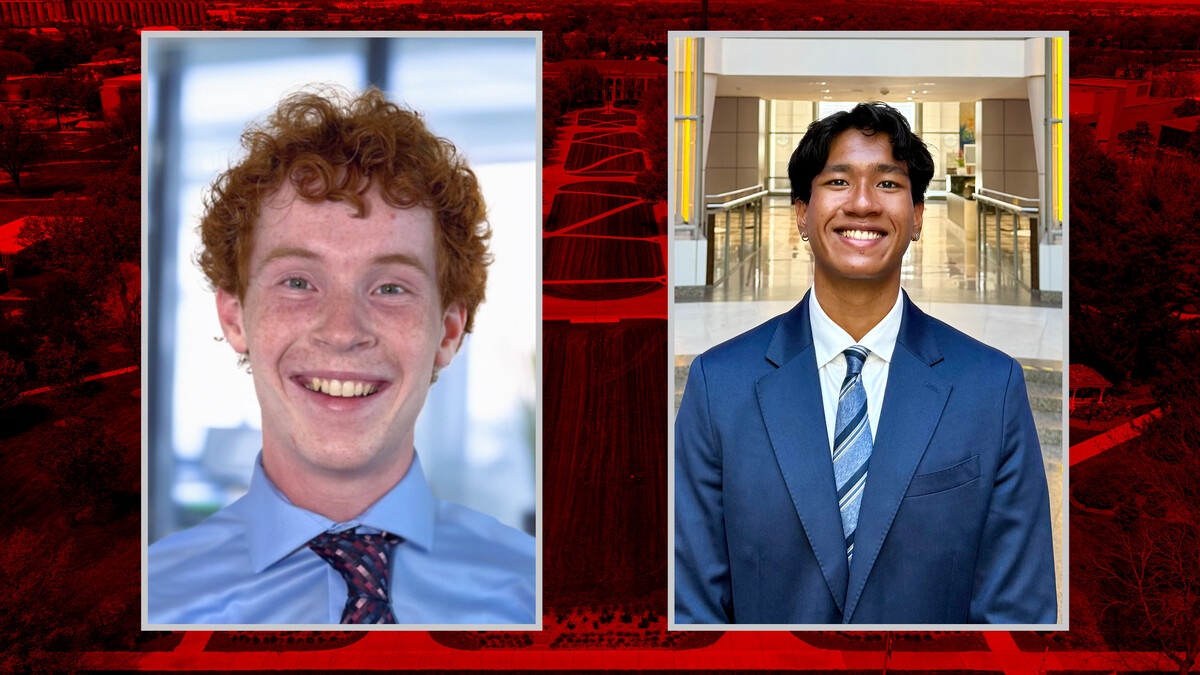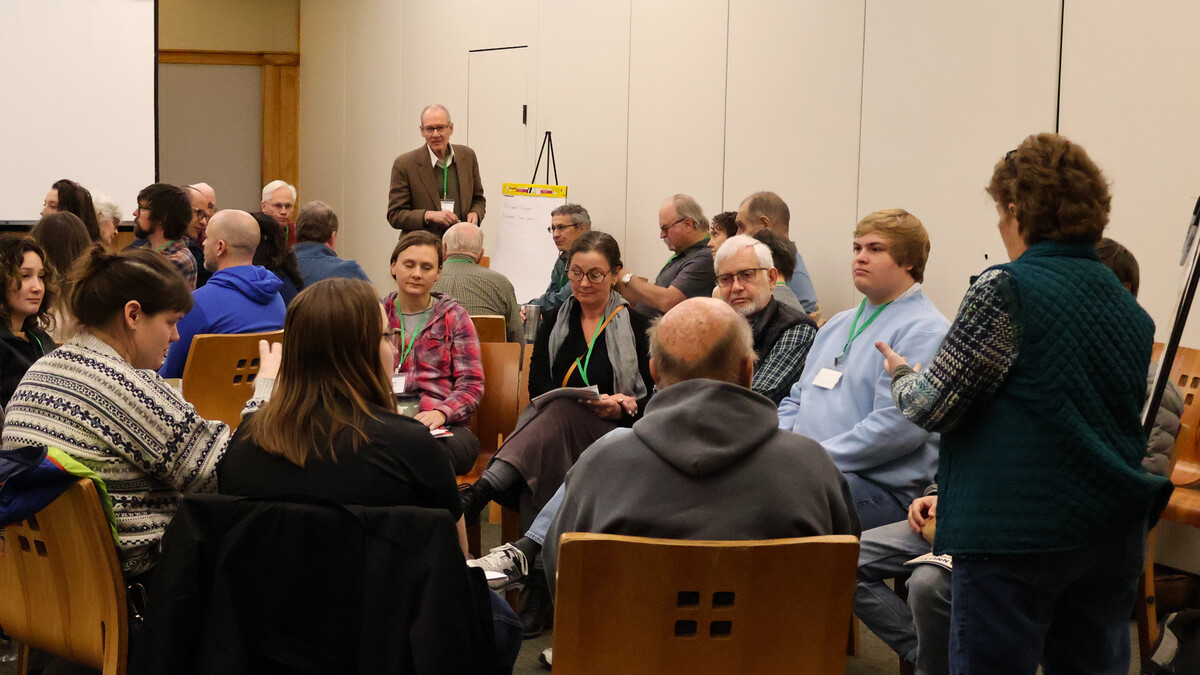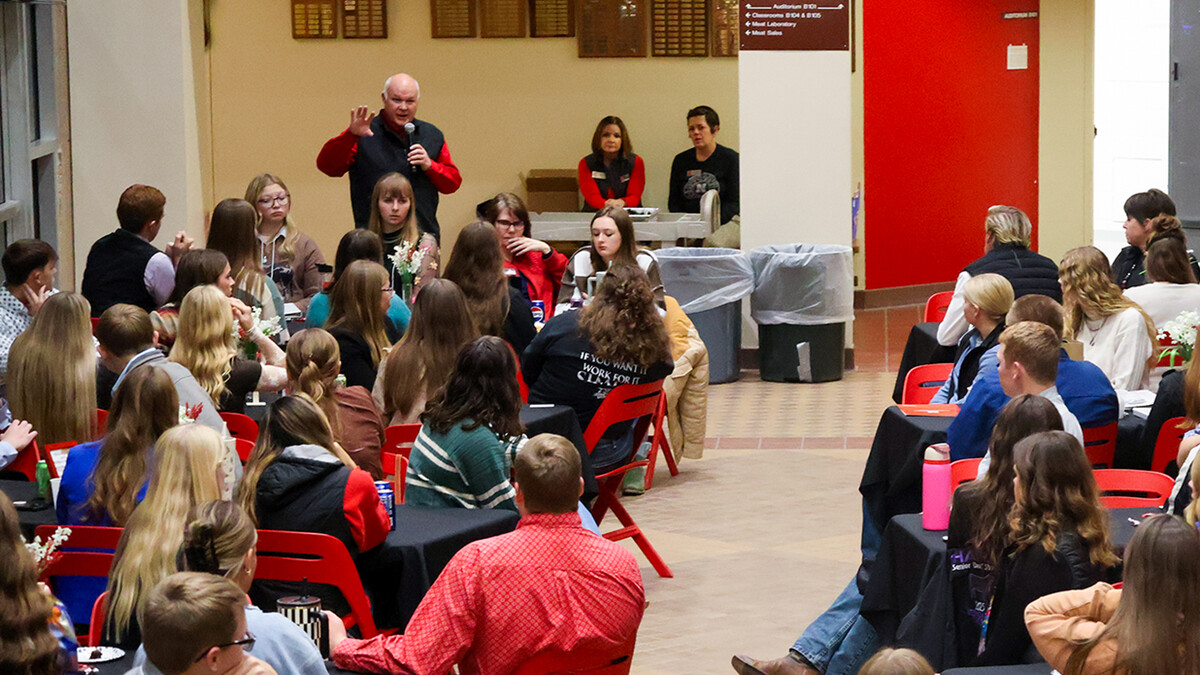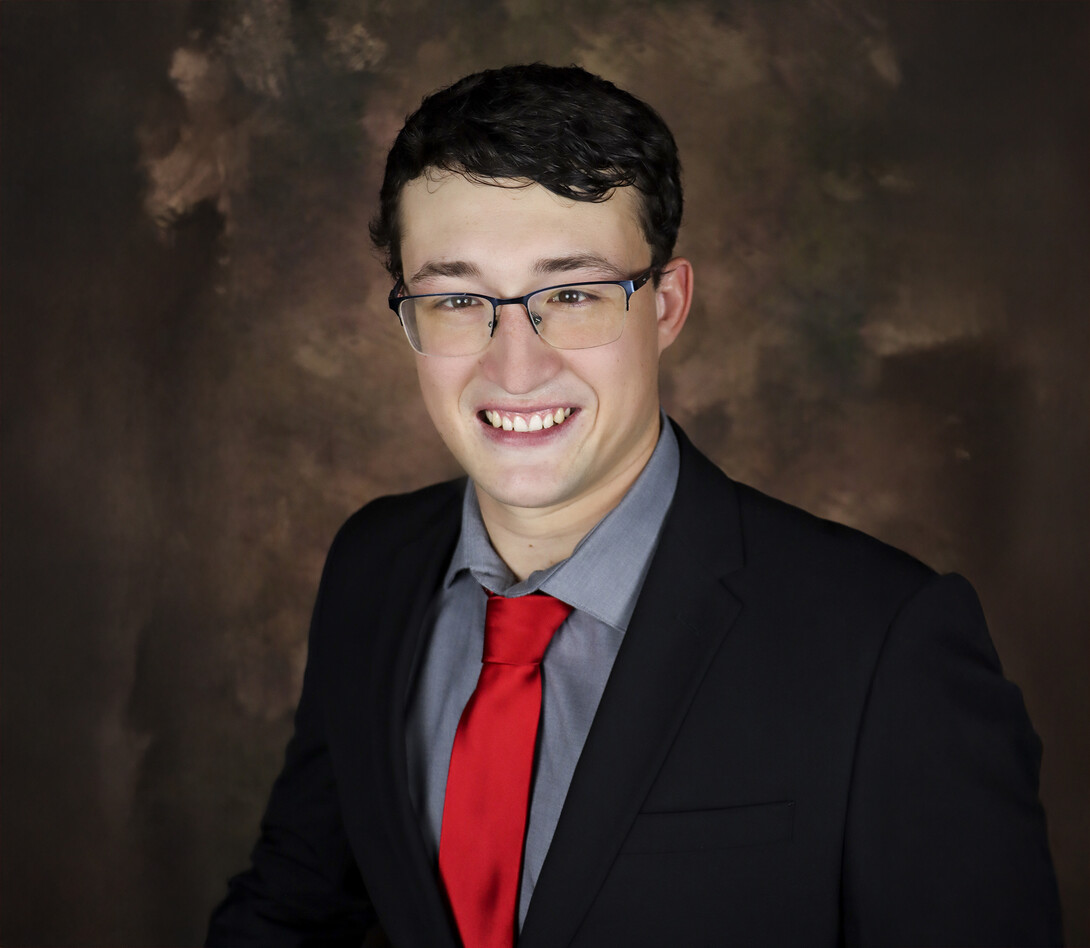
For National Beef Month, we are looking at the future of the beef industry through the eyes of some of our area youth in a four-part series.
The beef industry has seen numerous challenges, including supply chain issues, trade problems, and environmental concerns. Hayden Hoos, a native of Sheridan County, Nebraska, believes the industry is at a crossroads.
“It’s hard for a young producer to start their own place, even if their family has a place,” he said. “The cash flow is really difficult right now for any new young producers getting in, especially with such high land costs. I mean, you’re seeing a lot of people from out of state that are traditionally not in agriculture coming in and buying land and paying someone else to run it.”
Tight margins are another factor that makes the next generation think twice about the beef industry. Since it can be hard to make an income when the future is uncertain. “You don’t know when things will shift. The trend right now is that it’s becoming more corporate and less small family-oriented, which is concerning.”
Hoos grew up on one such family-oriented ranch, south of Rushville, Neb. His mother, Brandy, is a speech pathologist; his father, Judd, has an Angus seed stock company, and he has two sisters, Hannah and Hadleigh. Growing up, Hoos was involved in 4-H and FFA and served in leadership roles.
“In FFA, I had a great advisor, Maynard Conroy, he really focused in on students’ passions. Guiding them to new concepts that a lot of kids never thought of, and beyond the cow, he was a great range judging instructor. A lot of times we talk about cows, but not their needs, talking about the grass is something a lot of people don’t understand or appreciate.”
Hoos said Conroy, as an advisor, exposed the FFA students to baselines in everything, including range, water placement, feed requirements, a basic feed ration, and really talked about anatomy. “He gave us the basics and why they mattered in our daily lives as producers.”
The beef industry may be at a crossroads, but Hoos, like other young people of his generation, are finding ways to be part of its future. Knowledge of the various careers in agriculture eventually led Hoos to pursue a Doctor of Veterinary Medicine degree at the University of Nebraska-Lincoln. Growing up, he spent time helping his dad in the seed stock business. He traveled a lot and learned how different people ran their ranches and how there was a real need for livestock vets. He would hear about emergencies when no one was around to help a rancher in calving and other problem situations.
“Calving was my favorite and least favorite growing up. I was always in school, up to midnight, and late to get to school. It was a time when you really began to burn thin,” Hoos said. “But there was no better feeling than to go out, and there would be a new baby calf.” With calving, the situation can be perfect or a birth where everything goes wrong. The rancher may have to pull a calf, or the mother may not claim the calf. “Even though it could be a struggle and tiring, it was absolutely enjoyable to me. I enjoy working with cows more than anything else, and if I could, I’d do it all day.”
Hoos has a bachelor’s in animal science and is working towards a Doctor of Veterinary Medicine at the University of Nebraska-Lincoln. “I have a lot of amazing classmates, and we all look forward to practicing in the future.”
